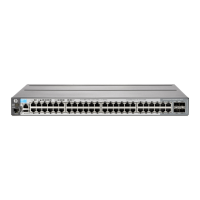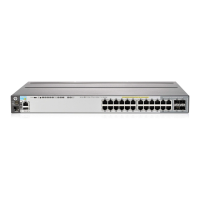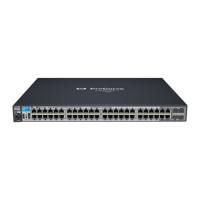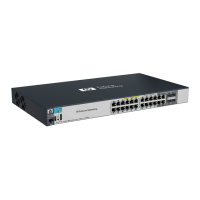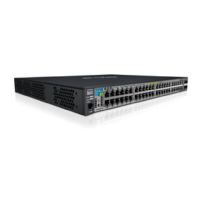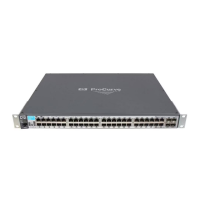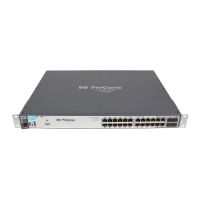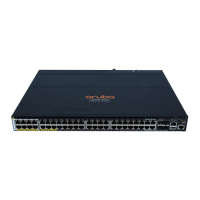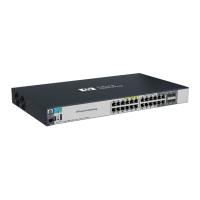Table 6 RIP interface parameters (continued)
DefaultDescriptionParameter
This parameter applies only to RIP
routes.
The routing switch learns and advertises
all RIP routes on all RIP interfaces
The routes that a routing switch learns
or advertises can be controlled.
IP address
Poison reverseThe method the routing switch uses to
prevent routing loops caused by
loop prevention
advertising a route on the same
interface as the one on which the
routing switch learned the route:
• Split horizon — The routing switch
does not advertise a route on the
same interface as the one on which
the routing switch learned the
route.
• Poison reverse — The routing
switch assigns a cost of 16
"infinite" or "unreachable") to a
route before advertising it on the
same interface as the one on which
the routing switch learned the
route.
V2-onlyDefine the RIP version for incoming
packets
receive
V2-onlyDefine the RIP version for outgoing
packets
send
Configuring RIP parameters
Use the following procedures to configure RIP parameters on a system-wide and individual VLAN
interface basis.
Enabling RIP
RIP is disabled by default. To enable it, use one of the following methods. When you enable RIP,
the default RIP version is RIPv2-only. You can change the RIP version on an individual interface
basis to RIPv1 or RIPv1-or-v2, if needed.
To enable RIP on a routing switch, enter the following commands:
HP Switch(config)# ip routing
HP Switch(config)# router rip
HP Switch(rip)# exit
HP Switch(config)# write memory
NOTE: IP routing must be enabled prior to enabling RIP. The first command in the preceding
sequence enables IP routing.
Enabling RIP on the routing switch and entering the RIP router context
Syntax:
[no] router rip [[enable] | [disable]] [auto-summary]
Executed at the global configuration level to enable RIP on the routing switch and
to enter the RIP router context. This enables you to proceed with assigning RIP areas
52 IP Routing Features
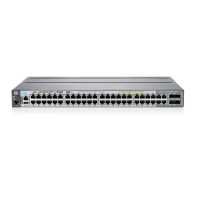
